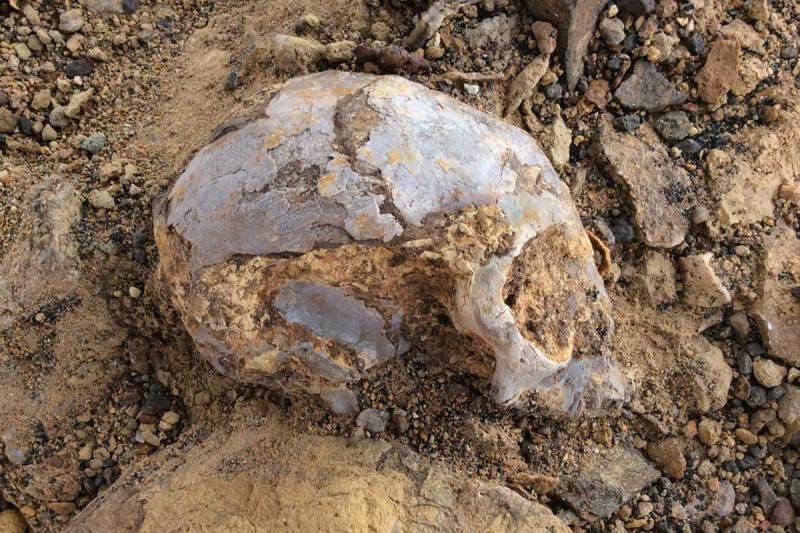Meet “Alesi,” the infant ape born millions of years ago.
Her recently discovered fossilized ape skull could help scientists learn more about the early stages of the species’ evolution. The 13-million-year-old cranium was found in Kenya and is the best preserved of its kind, scientists say.
According to National Geographic, the infant skull belongs to Nyanzapithecus alesi, a recently identified early species of ape. Scientists say the skull’s features are similar to Old World monkeys that roam the planet today. N. Alesi‘s face shares a resemblance with living infant Gibbons today.

The remarkable detail of the specimen is credited to the volcanic ash that buried the infant ape after it died while roaming the forests of today’s Northern Kenya. Its quality has given scientists unique insight into the early ape’s brains, National Geographic reports.
Published Thursday in Nature, scientists say N. Alesi had a brain cavity twice the size of Old World monkeys at the time. The fossilized skull, which is roughly the size of a lemon, has impressions of the brain preserved on the surface and contains the ape’s adult teeth.
This article was featured in the InsideHook newsletter. Sign up now.























